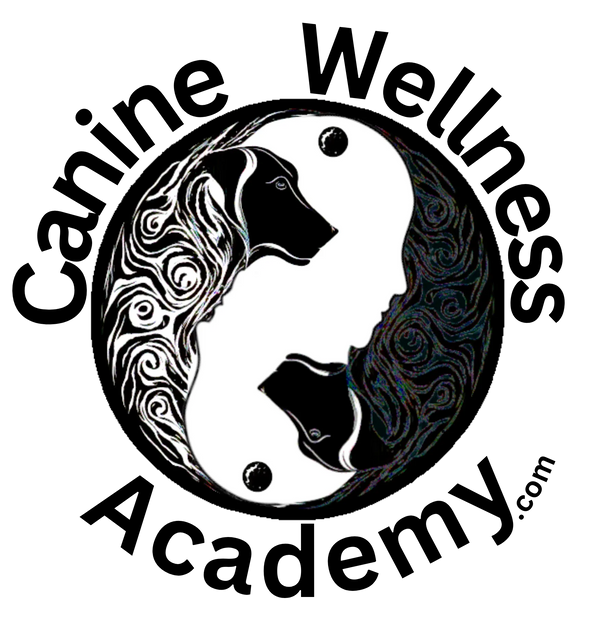Let's be honest. You can learn to spot your dog’s triggers without a fancy title. Noticing is a skill you build with practice. When you catch the early signs before things get big, life gets easier for both of you.
It is not just about stopping problem behavior. It is about understanding why it starts. Presence comes first. Strategy follows.
Catching It Early Changes Everything
A full-blown reaction is only the last chapter. There are quiet pages before it. Maybe the ears go up. Maybe the body stiffens. Maybe the sniffing stops. When you learn to read the soft parts, you can make a small choice that prevents a big scene.
- Early shift: Head turns freeze or get faster.
- Posture: Weight tips forward, tail stops moving, mouth closes.
- Scanning: Eyes dart, ears point, breathing changes.
Co-Regulation: Calm Is Contagious
Your dog borrows your nervous system. When you soften your breath and slow your steps, they get a cue that says, “We are safe.” This is co-regulation. It is the fastest way to lower arousal in the moment.
Track These: Environment, Body Language, Timing
Patterns hide in plain sight. When you write down a few simple details, triggers become predictable instead of random. Track these three buckets:
- Environment: Location, distance to the trigger, sounds, crowd level, weather, time of day.
- Body language: Ears, tail, mouth, posture, sniffing, head turns, pupil size if you can see it.
- Timing: What happened 2 minutes before the shift. Potty break, meal, nap, play, or a surprise event.
This surprises many the first time they track it. Most “random” blowups were not random. They came after skipped rest or rushed exits.
Build a Simple Trigger Matrix
You do not need a complex spreadsheet. A few lines in a notebook work. Make three columns and fill them after a walk or event.
Trigger Matrix Template
- Trigger seen: Bike at 25 feet, new dog at corner, loud truck, crowd, doorway.
- Early sign: Mouth closed, ears forward, weight shift, stare, sniff stop.
- What helped: Crossed street, fed calmly, paused to breathe, turned away, added sniff break.
Lived-In Examples You’ll Recognize
- Trash can freeze: Your dog hard-stares at a tipped bin. You pause, step sideways, breathe, and pay a head turn back to you. The scene ends before it begins.
- Bike zoom-by: You spot the bike early, move to the grass, and feed while it passes. Your dog learns fast movers predict snacks, not panic.
- Doorway drama: One step before the threshold, you stop, exhale, and walk through with a loose leash. You pay a calm glance back. Next time the doorway feels easy.
A 48-Hour Experiment
For two days, run this tiny system after each outing. It takes two minutes and gives you gold.
After-Walk Snapshot
- Before: How rested was my dog? How was my mood?
- First sign: What changed first in their body?
- Distance: About how far were we from the trigger?
- My move: What did I try? Space, food, voice, stop and breathe.
- Settle time: How long to return to neutral?
- One win: What went even a little better than last time?
Before and After: What Progress Looks Like
Week 1: Dog lunges at dogs within 15 feet. Mouth closes, weight forward, bark-lunge. Human tightens leash and rushes past. Both come home frazzled.
Week 3: Human notices the mouth close at 30 feet. Steps off the path, breathes, feeds a head turn back. Dog walks by at 25 feet with a quiet body. Settle time is shorter. Not perfect, but clearly better.
It is not just about zero reactions. It is about earlier noticing, softer bodies, and faster recoveries.
Trigger Tracking Tools
The Better Dog People Workbook includes Trigger Tracking Tools and What Just Happened? pages that mirror these steps. You capture distance, timing, body language, and your own energy in one place. Patterns pop fast. Decisions get easier.

First Presence. Next Patterns. Then, Calm Follows.
You do not need perfect timing or expert status. You need a habit of noticing. With a calm pause, a little space, and a few notes on paper, you will see the story under the behavior. It is not just about stopping a reaction. It is about building the kind of trust that keeps reactions from starting.

